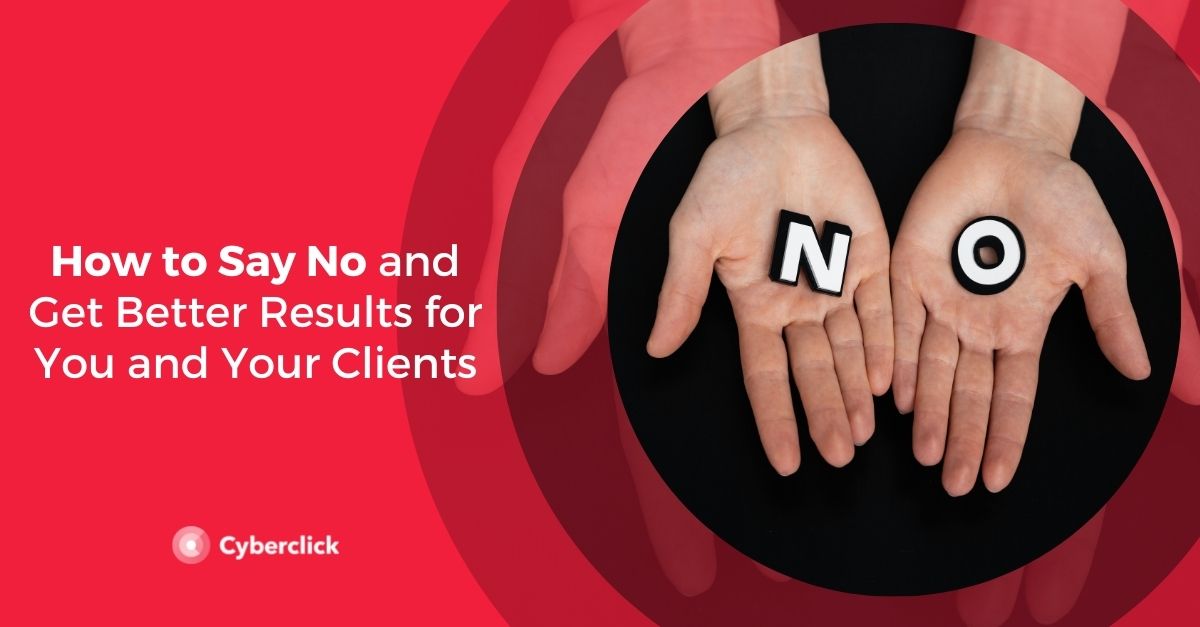In the aftermath of the pandemic, e-commerce has skyrocketed. Most brands that have a large e-commerce presence are seeing great results for their business. E-commerce measurement metrics allow you to understand how your online store is performing and how you can improve it. We will show you how to measure success of an ecommerce business so you can understand how to optimize your online store if need be.
Essential Metrics to Measure the Success of Your Ecommerce
There are many metrics you can use to understand how your ecommerce business is doing. In this case, we have selected the 20 that we consider the most important.
Traffic by Device
An e-commerce store can receive traffic from different devices, but customer behavior on each of them is different. The conversion rate, the number of purchases, and the bounce rate, among other elements, will not be the same.
It’s very important to know how e-commerce traffic is distributed in your business so that you can make a comparison and understand which ones are generating the greatest response and which ones you need to improve.
Nowadays, the conversion rate on the computer is usually higher than on mobile. But that doesn’t mean that this channel isn't important, since it’s the device where the first visits to your e-commerce take place.
Bounce Rate
The bounce rate refers to the number of people who visit your website and leave it without any interaction. This metric measures two user actions: the number of pages visited within a website and the time spent on them.
It’s commonly believed that when a person spends more than 30 seconds on a website, they are no longer part of the bounce rate, but this is not the case. It doesn't matter if the user spends 10 minutes reading about a product or service; if they don't visit another page, they will then become part of the bounce rate.
Keeping this metric as low as possible is important because it will be an indication that your website is liked by users and that you can climb the ranks of Google.
Email List Subscriptions
For an ecommerce business, the database is one of the most important elements because it will allow you to build customer loyalty. Getting subscribers to your email list is one of the best ways to increase your database. If it grows, you can increase your turnover thanks to a correct loyalty and nurturing strategy. Knowing the evolution of database growth is a good way to know if you are going in the right direction.
Email Open Rate
Email open rate is a metric that lets you know how reactive your database is. Many e-commerce companies think that the more emails they send, the better results they will receive, but this is not the case. The key is to send emails at the right time and with valuable content that users find interesting. The secret is to write a good subject line that is aligned with the objective of the email. It’s a good idea to carry out recurring A/B tests to improve this metric.
Return on Advertising Spend (ROAS)
It’s interesting to know this metric for each of the sales channels that your e-commerce has, like Facebook Ads, Google, Bing, etc... Once you get the result you can compare users in the same level of the sales funnel to know which platform is yielding the best results.
Conversion Rate to Sale
This rate indicates the number of visitors to your ecommerce that ended up making a purchase. It greatly influences your revenue, so the higher the better. This metric is the one you should pay the most attention to.
Average Order Value
This metric indicates the average amount of money a customer spends on a transaction in your store. It’s very significant because e-commerce stores (like any form of business) have traffic acquisition costs, which will be influenced by the average order value. Therefore, if your business manages to generate a high average order value, it means that the revenue is also high and that your business has a greater margin to continue investing in growth.
Bundling products, setting a minimum order, and recommending additional products are strategies that can be used to increase this metric.
Customer Lifetime Value
This measures the number of orders that a customer or user generates in your e-commerce store across his or her lifecycle. A high customer lifetime value will allow you to invest more in traffic acqusition strategies and finance your growth because it gives you the assurance that you will recover the investment.
Customer Acquisition Cost
This metric is achieved by dividing the cost of a particular action by the number of customers you have acquired as a result of that action. The key here is that this customer acquisition cost should not exceed the customer lifetime value. You must strike a balance. In many cases, it’s recommended that this acquisition cost be ⅓ of the customer lifetime value, as this way to secure profits. However, this figure is somewhat indicative and it may vary for each e-commerce platform because it depends on the margins that each one has.
Revenue Per Traffic Source
In this case, for each of the traffic sources you have, you will have to look at the revenue they generate. This way, you will be able to boost those that receive the most revenue. We recommend not to rely on only one or two traffic sources. It’s better to diversify in case once source becomes more expensive or an event occurs that causes your income to decrease.
Profit Margin
This metric, which serves to analyze the success of your e-commerce store, has a lot to do with the costs at which you sell and the margin you apply. For example, if your sales are high, but the profit margin is small, perhaps the effort you put into each sale is not entirely profitable. In contrast, it may be the case that, although your sales are moderate, your profit margin is large, making your business a profitable venture.
Products or Services With Better Results
Knowing this aspect will allow you to promote what works best in your product or service offers as well as identify aspects that are not generating sales.
Cart Abandonment Rate
In the United States, cart abandonment can reach as high as 90%. This is where email automation comes in handy as it will help reduce this rate exponentially .
Retention Rate
To improve the results of your e-commerce store, you should monitor your retention rate, or how many customers repeat purchases. This will give you a good indicator of how much you should invest in attracting new customers. The higher the retention rate, the more your e-commerce will grow. We recommend doing a weekly or monthly follow-up.
Abandonment Rate
You should not confuse this with the bounce rate, because in this case, the consumer interacts with the content of your e-commerce store and may look at more than one page, despite not making any purchase.
Return and Refund Rate
When the return rate is very high, those sales that have been generated will be reduced. This should be added to the cost of managing the logistics of returns and refunds. Therefore, you should monitor this metric to see how it should be improved.
Attendance Rate
This refers to the number of users who need help making a purchase. In many cases, this can be solved with chatbots or efficient customer service. If this rate shoots up, it will be an indication that something is not working in the purchase process or that some information is not clear. Therefore, you should try to improve the process as much as possible.
Average Incident Resolution Time
This influences whether a customer ends up making a purchase. You need to make sure that you are quick in answering any question because you will transmit confidence to the customer and increase your reputation by doing so.
Net Promoter Score
This famous metric indicates the probability with which your community would recommend your brand to a family member or friend. It’s important to have a high score because it will be an indication that not only your customers are happy and may make repeat purchases, but also that you can gain new consumers without the need to invest invest in acquisition tactics.
CEO y cofundador de Cyberclick. Cuenta con más de 25 años de experiencia en el mundo online. Es ingeniero y cursó un programa de Entrepreneurship en MIT, Massachusetts Institute of Technology. En 2012 fue nombrado uno de los 20 emprendedores más influyentes en España, menores de 40 años, según la Global Entrepreneurship Week 2012 e IESE. Autor de "La empresa más feliz del mundo" y "Diario de un Millennial".
CEO and co-founder of Cyberclick. David Tomas has more than 25 years of experience in the online world. He is an engineer and completed an Entrepreneurship program at MIT, Massachusetts Institute of Technology. In 2012 he was named one of the 20 most influential entrepreneurs in Spain, under the age of 40, according to Global Entrepreneurship Week 2012 and IESE. Author of "The Happiest Company in the World" and "Diary of a Millennial".






Leave your comment and join the conversation